This year, perhaps more than any other year, there are significant differences between the mass-market iPhone 13 and the high-end iPhone 13 Pro. Here are all the differences between the pair.
Design and size
Looking at the design, the two models of phones are almost indiscernible from one another.
For the iPhone 13, Apple is still employing an aluminum body whereas the iPhone 13 Pro has a stainless steel chassis. The colors for iPhone 13 are Starlight, Midnight, blue, pink, and (PRODUCT)Red, and iPhone 13 Pro comes in silver, graphite, gold, and Sierra Blue.
Since iPhone 13 Pro does use stainless steel, it makes it a bit heavier than the iPhone 13. We're talking about 204 grams versus only 174.
All buttons and ports are the same between the iPhone 13 and iPhone 13 Pro, including the volume buttons, mute toggle, side button, speakers, and Lightning port. One minor difference is the SIM card tray is slightly lower on the iPhone 13 than the iPhone 13 Pro.
It's important to note that unlike the iPhone 12 and iPhone 12 Pro that could share the same size case, iPhone 13 and iPhone 13 Pro cannot due to the drastic difference in the camera module.
Both models sport 6.1-inch OLED displays. Each is a Super Retina XDR display with rounded corners, a 460 PPI pixel density, and a 2,000,000 to 1 contrast ratio. The iPhone 13 Pro is a ProMotion display that can intelligently ramp up its refresh rate to 120Hz — which the iPhone 13 lacks.
Apple's iPhone 13 Pro is also capable of higher brightness, reaching around 1000 nits typical brightness outdoors versus only 800 nits on the iPhone 13.
iPHone 13 versus iPhone 13 Pro: On the inside
| iPhone 13 | iPhone 13 Pro | |
|---|---|---|
| Price (Starting) | $799 | $999 |
| Dimensions (Inches) | 5.78 x 2.82 x 0.30 | 5.78 x 2.82 x 0.30 |
| Weight (Ounces) | 6.14 | 7.19 |
| Processor | A15 Bionic | A15 Bionic |
| Storage | 128GB, 256GB, 512GB | 128GB, 256GB, 512GB, 1TB |
| Display | 6.1-inch Super Retina XDR | 6.1-inch Super Retina XDR with ProMotion |
| Resolution | 2,778 x 1,128, 458PPI | 2,778 x 1,128, 458PPI |
| Biometrics | Face ID | Face ID |
| Rear Cameras | 12MP Ultra-Wide 12MP Wide | 12MP Ultra-Wide 12MP Wide 12MP Telephoto |
| Video | 4K 60FPS, 4K 60FPS HDR with Dolby Vision, 240FPS Slo-Mo, Pro, Cinematic Mode | 4K 60FPS, 4K 60FPS HDR with Dolby Vision, 240FPS Slo-Mo, ProRes 4K 30FPS, Cinematic Mode |
| Front Camera | 12MP TrueDepth | 12MP TrueDepth |
| Battery Life (VIdeo playback time) | Up to 19 hours | Up to 22 hours |
| Port | Lightning | Lightning |
| Colors | Starlight, Midnight, Blue, Pink, (PRODUCT)Red | Graphite, Silver, Gold, Sierra Blue |
Within each of the two phones is Apple's all-new A15 Bionic processor. Each contains the same CPU sporting two high-performance cores and four high-efficiency cores. But, the iPhone 13 Pro has a five-core GPU, and iPhone 13 only has a four-core GPU.
That gives iPhone 13 Pro improved performance on graphics-related tasks and running the new ProMotion display.
Each phone is available in 128GB, 256GB, and 512GB capacities but iPhone 13 Pro buyers have an additional 1TB option to consider.
For battery life, iPhone 13 Pro wins out. Apple rates it at up to 22 hours of video playback versus only 19 hours for the iPhone 13.
iPhone 13 versus iPhone 13 Pro: Cameras
Cameras are the greatest point of differentiation between the two models and will likely matter most to prospective buyers.
On the iPhone 13, there is a wide-angle lens and an ultra-wide-angle lens. The iPhone 13 Pro has a wide-angle lens, an ultra-wide-angle lens, a tele lens, and a LiDAR Scanner.
Even though they both have wide and ultra-wide lenses, the "pro" versions are more capable. Apple gave the iPhone 13 Pro an f/1.5 aperture for the wide and the iPhone 13 an f/1.6. The ultra-wide has a fast f/1.8 on the iPhone 13 Pro and an f/2.4 on the iPhone 13.
A wider aperture allows more light to hit the sensor, resulting in a faster shutter, less noise in low light, and more natural background bokeh.
The iPhone 13 lacks any optical tele lens and has a maximum of 5X digital zoom. In contrast, the iPhone 13 Pro has a 3X telephoto lens and a maximum of 15X digital zoom.
Other pro features include Deep Fusion support on the ultra-wide lens, support for Apple ProRAW, and Night Mode portraits.
Shared features include Portrait Mode, Deep Fusion, Night Mode, Smart HDR 4, and photographic styles.
Both devices also can shoot Cinematic video, 4K video at 60 frames per second, HDR Dolby Vision content, though only the iPhone 13 Pro can shoot in Apple ProRes, which will be coming in a future update.
The front-facing camera has the same 12MP camera with an f/2.2 aperture, support Smart HDR 4, and photographic styles. Again though can only shoot in ProRes — at least when available.
Where to buy
Apple's iPhone 13 and iPhone 13 Pro are available at Amazon and Expercom, along with wireless carriers, including AT&T and Verizon.
If you're ready to pick up an iPhone 13 or iPhone 13 Pro, retail prices start at $799, but the best iPhone deals regularly include wireless service discounts, trade-in promotions, and even free gift card offers.
 Andrew O'Hara
Andrew O'Hara









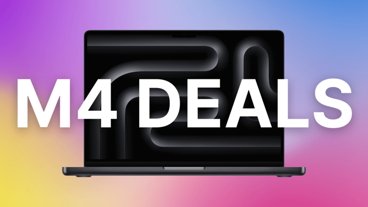
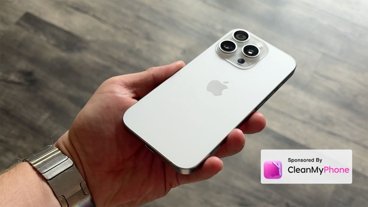

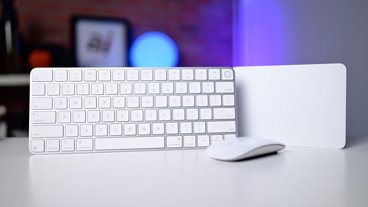









 Charles Martin
Charles Martin



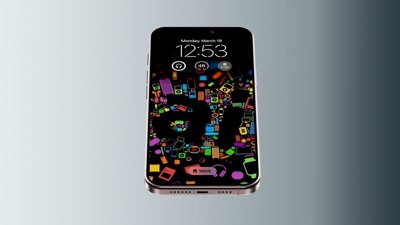
 Malcolm Owen
Malcolm Owen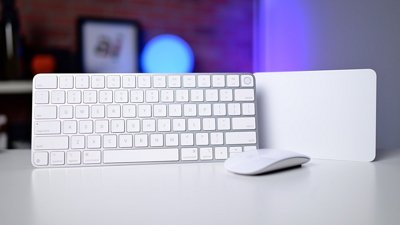



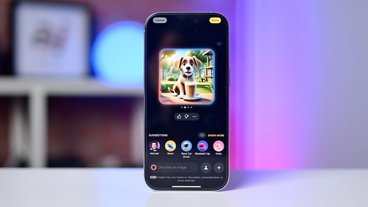


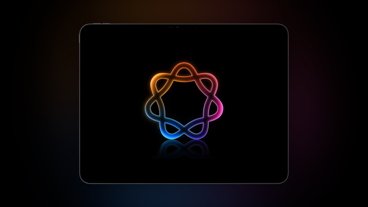

6 Comments
Also worth mentioning the 13 Pro has 6GB RAM, vs 4GB on the 13
I realize the intent of this review was to go head to head with two similar models, however, I would have appreciated including the specifications and comparative points for the iPhone 13 Pro Max. Perhaps because that’s the one I’m buying.
I like to imagine that if I looked through the authors vacation photos, every picture would have his finger pointing at the object of the picture. “Pointing at Grand Canyon”, “pointing at Route 66 sign, “ pointing at ocean”.